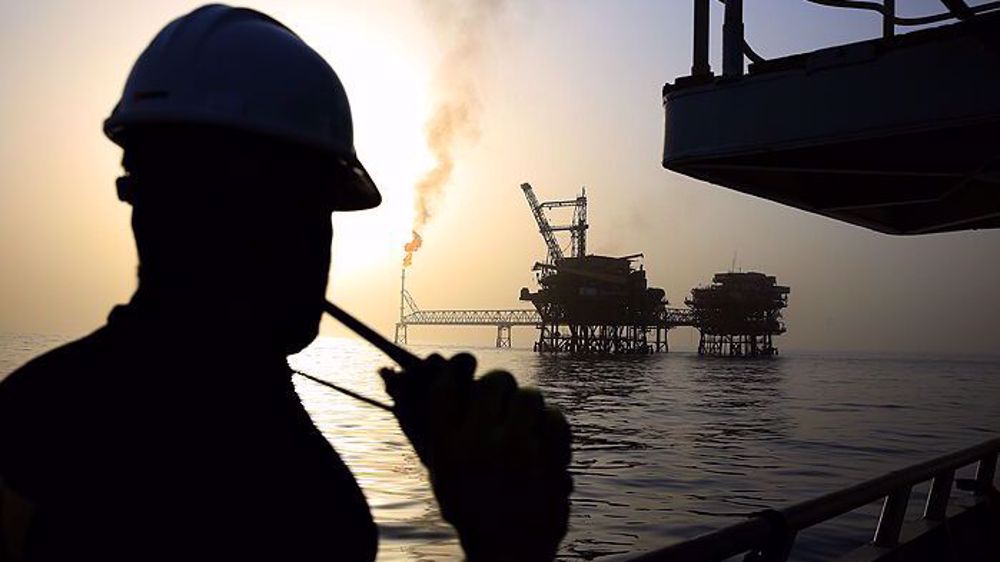Iran nears gasoline refining milestone
The gasoline processing unit of Iran’s Abadan Refinery nears startup which will add about 4 million liters a day to the country’s Euro-4 petrol production capacity.
The sulfur recovery and gasoline post treatment units of the refinery are currently at the pre-commissioning and testing phase, meaning they will become operational soon, the refinery’s public relations head Farshid Khayeez said Monday.
With the inauguration of the units, the refinery will produce gasoline with benzene, aromatics, olefin and sulfur levels compliant with Euro-4 standards and even better, he said.
The alkalization, isomerization and sulfuric acid units of Abadan Refinery will also become operational this year to add another 2.5 million liters per day to Iran’s high-quality gasoline production capacity.
Gasoline production turned into Iran’s strategic vulnerability after the West started imposing sanctions on the country in 2012.
On the order of former President Mahamoud Ahmadinejad, petrochemical units started producing gasoline but President Hassan Rouhani stopped the program due to environmental issues.
Iranian refineries process an average of 63 million liters of gasoline per day, with another 5 million liters imported to cover shortfalls.
A major European seller of gasoline to Iran, Glencore, sent its executives to Tehran last month in search of new business opportunities.
According to Minister of Petroleum Bijan Zangeneh, Iranians burn nearly 70 million liters of gasoline a day in more than 15 million fuel-guzzling vehicles.

He has said Iran would need no more gasoline imports next year when a major refinery being built in the Persian Gulf became operational. The country will even turn to an exporter of gasoline and diesel once the Persian Gulf Star Refinery comes on stream.
“With the completion of the Persian Gulf Star Refinery, 36 million liters (a day) will be added to the country’s gasoline and diesel production,” he said in February.
Iran is building the Persian Gulf Star Refinery in Assalouyeh at an estimated cost of 2.5 billion euros. The plant is further expected to produce 360,000 barrels per day of gas condensates on top of jet fuel and other products.
Palestine Action hunger strikers near death
VIDEO | Haibat al-Halbousi elected as speaker of Iraqi Parliament for four years
Assassination of Gen. Soleimani aimed at dismantling resistance security order: Iranian envoy
Extreme cold kills 25 Palestinians, including children, in Gaza in December
VIDEO | Press TV's news headlines
UNRWA head slams ‘outrageous’ Israeli law to cut water, energy to agency’s facilities
Israeli court advances forced displacement of Palestinians in favor of Jewish settlers
UN Security Council members condemn Israel's recognition of Somaliland










 This makes it easy to access the Press TV website
This makes it easy to access the Press TV website